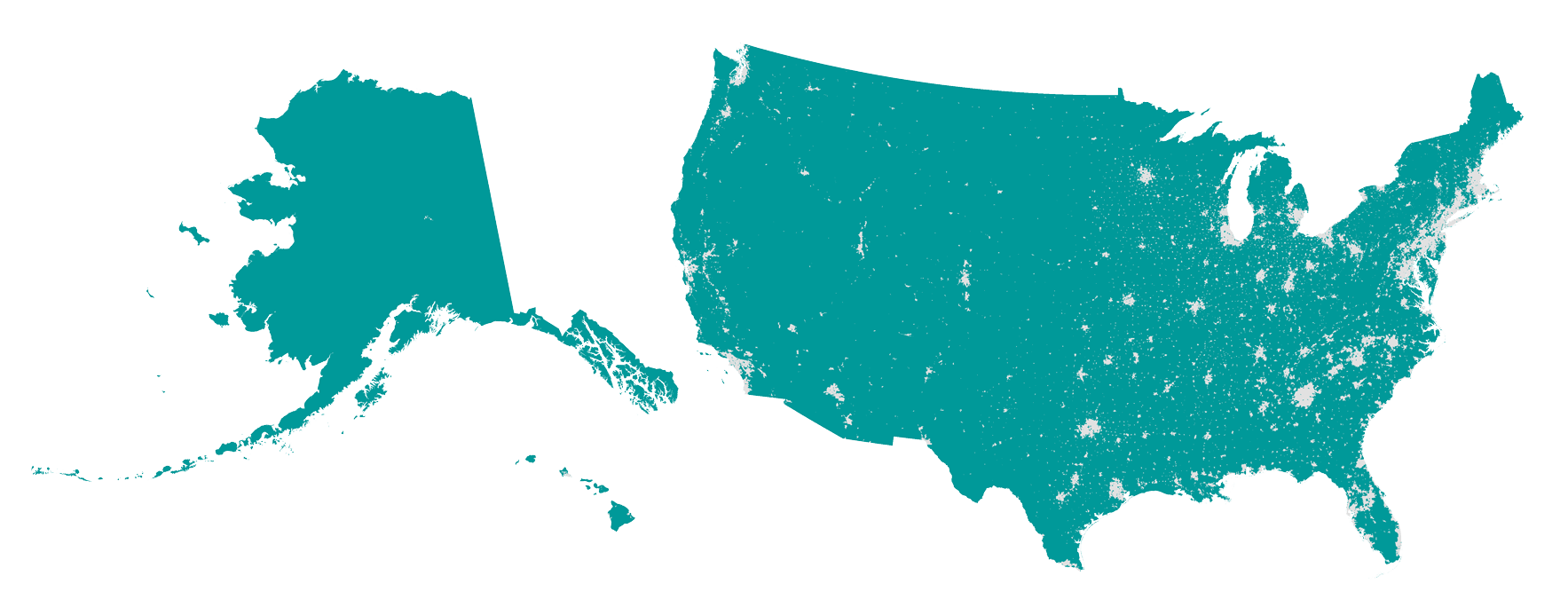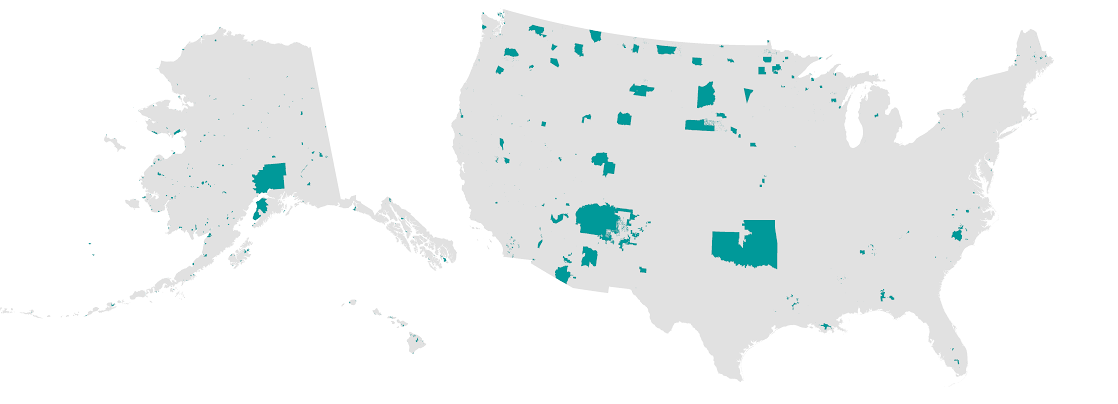Center for Safety Equity in Transportation
rural • isolated • tribal • indigenous

Areas with less than 200 people per square mile account for 95% of our Nation and contain over 80% of our transportation network.

Across Alaska, Hawaii, Washington, and Idaho, there are a total of 336 federally recognized American Indian reservations and off-reservation trust land areas, tribal subdivisions, state-recognized American Indian reservations, Alaska Native regional corporations, and Hawaiian home lands.
There is a critical need for context-sensitive transportation solutions that address the safety needs of rural, isolated, tribal and indigenous (RITI) communities. Safety approaches must be developed that are sensitive to heritage, traditional ways of knowing and learning, and the preservation of culture. The mission of the Center for Safety Equity in Transportation (CSET) is to provide everyone with fair and equitable access to a safe transportation system. We strongly believe that:
Many RITI communities are not increasing in population. In some cases they are getting smaller and more isolated. Those that are experiencing rapid rates of growth are also dealing with significant social pressures on their traditional ways of mobility. We need to make sure that your fundamental right to a safe transportation environment is not being ignored simply because you do not live in or near a highly focused upon “megaregion.”
Areas with less than 200 people per square mile account for 95% of our Nation and contain over 80% of our transportation network. Rural areas account for 20% of the US population but 50% of our road fatalities. The average US community size is 6,200 people. For many, rural means “small town” but there are more than 15 definitions of “rural” being used by federal programs. The CSET consortium states (Alaska, Hawaii, Washington, and Idaho) also account for 59% of our nation’s federally recognized tribes and indigenous populations.
These are our traditional main streets, our heartlands, the gateways to our national parks and our wilderness areas. Rural America is a critical part of our economy and our cultural and social well-being. We must make available a transportation system that can support and move our rural, isolated, tribal and indigenous communities in a safe and efficient way. We must hold paramount both safety and the preservation of culture while moving our transportation system forward. As we expand and modify an automobile-focused roadway infrastructure system, it is CSETs intent to ensure that we are not hindering the safety of those with limited travel options. By leveraging research, education and outreach efforts, CSET will be a hub for discussion and action on the safety needs of our RITI communities.